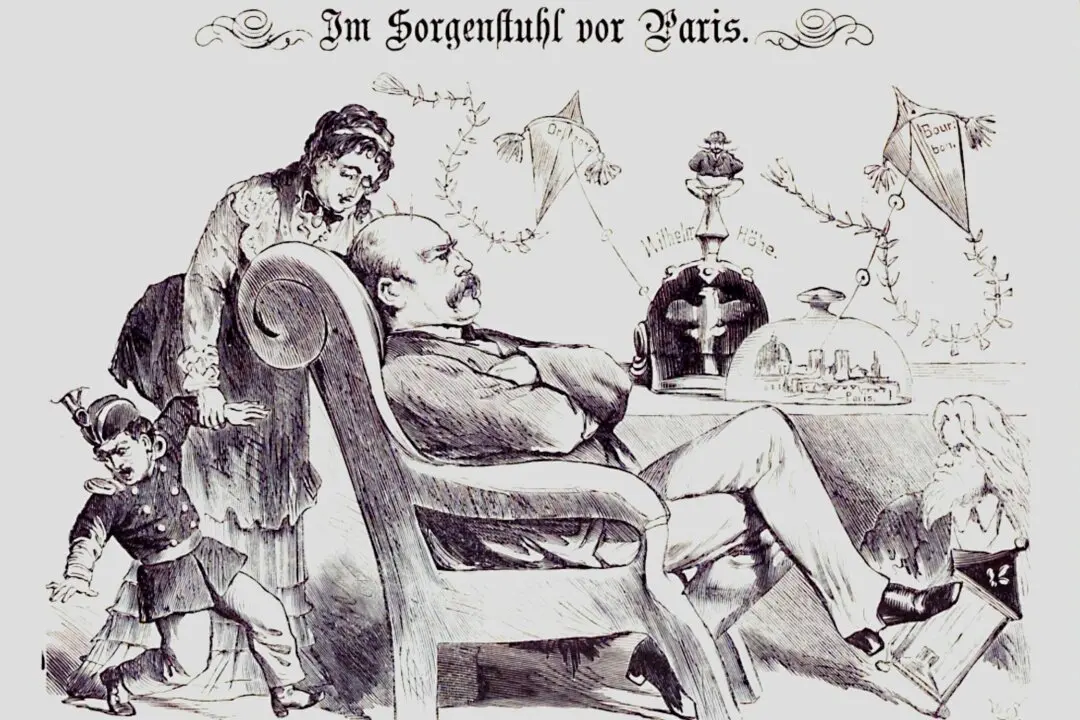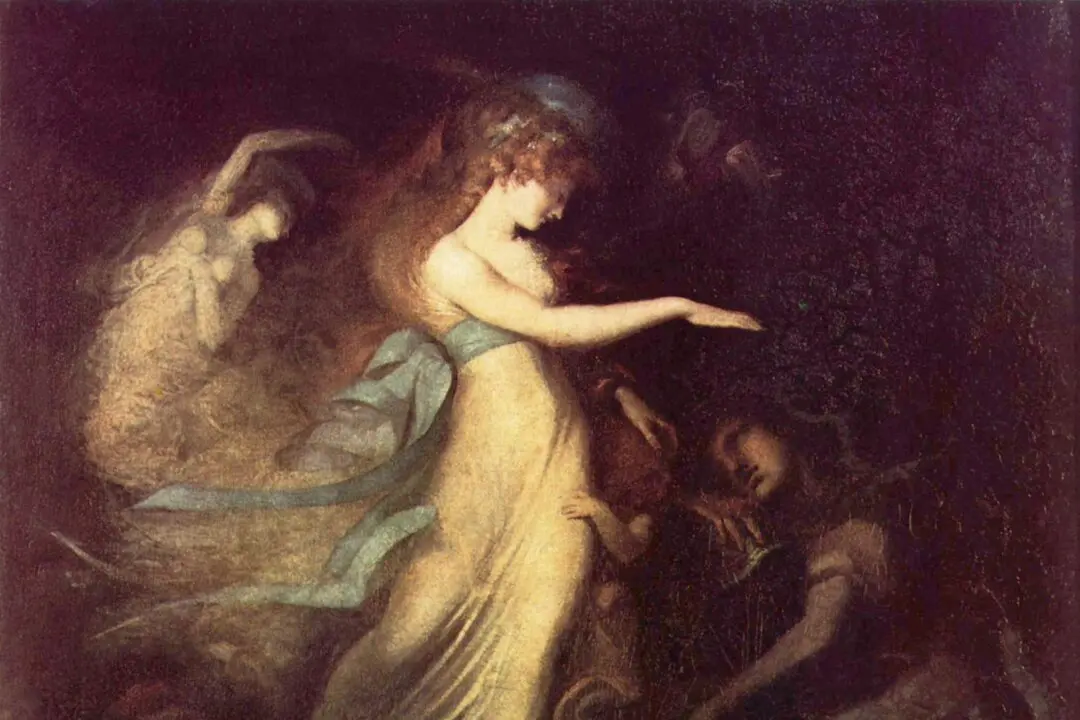Look! Do you see how that light shines on the pavement in the rain? It sparkles like magic and spreads its light, despite the dark clouds that seem to discourage it. Such is the world as seen through the eyes of a child.
In his short story “Little Annie’s Ramble,” Nathaniel Hawthorne encourages us to take a childish view of the world to refresh and simplify the sober, complex adult world. As he takes his daughter for a walk, Hawthorne shows how a child can lead us on a magical and wise journey.






